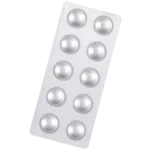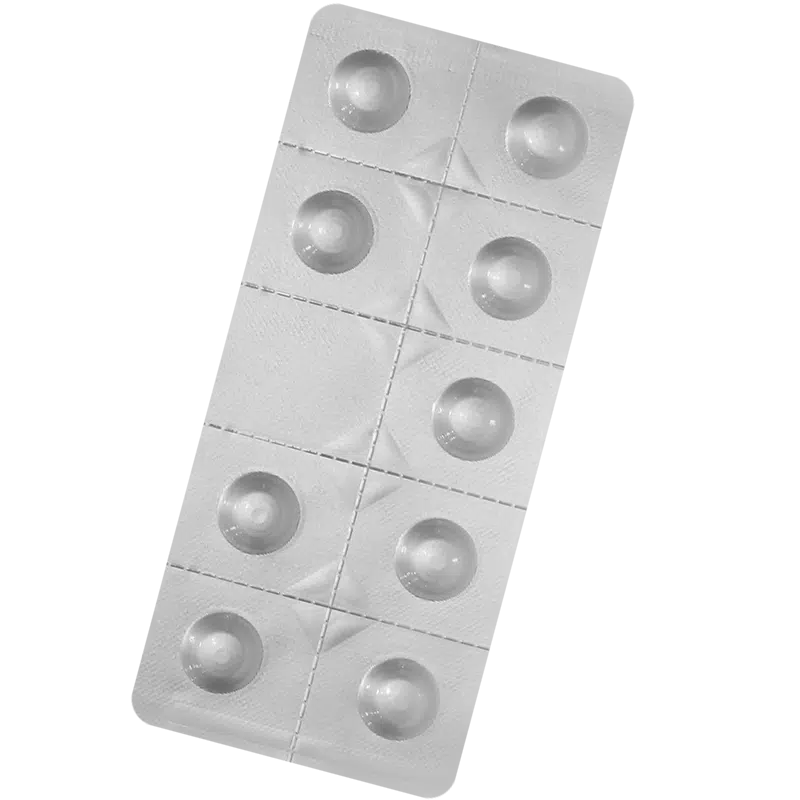Naratriptan
Naratriptan
Healthcare on your terms
You know your needs better than anyone.
So we offer what’s safe, but you choose the treatment that suits you best.
Get to know our clinical team
They review our info and prescribe your treatments.
Similar but different
Migraine: Here are our other options.

Potent migraine relief that can treat a range of symptoms within 30 minutes.

Migraine symptom relief that lasts in your body for 5 times longer than other triptans.

The fast acting migraine relief treatment available as a tablet or a spray.

Branded version of Rizatriptan. Comes as both a tablet or an orodispersible for quick and easy migraine relief.

Generic version of Maxalt. Can provide effective migraine relief within two hours.

Generic tablet. Similar to Imigran. Suitable for migraines with or without aura.

Generic version of Zomig. Comes as a regular or melt in the mouth tablet.

Branded version of Zolmitriptan. Available as tablets or nasal spray for fast symptom relief.
Here’s what you had to say
- Service reviews
Corrected a delivery problem immediately and easily
Very good always on time with a confidential assesment. I am on last course now and have had real progress. Would consult with again in future. Would reccomend.
Great service, professional staff, with the best advice
I m so nice suprise with this service, all very profesional and quick. I was trying get help from Gp about HRT but only what I get was link to NHS website ( which i alredy read it ) and trying put me on antidepressant tablets ( what make me feel worse) I m nearly a month now on hormon tablets and it's such a massive difference. Thank you so much for saving my life ❤️
good information. good quick response to a query. excellent service.
very good to deal with and very fast delivery
Read more about Naratriptan
Further reading
Take a look at our helpful health guides related to migraine.




